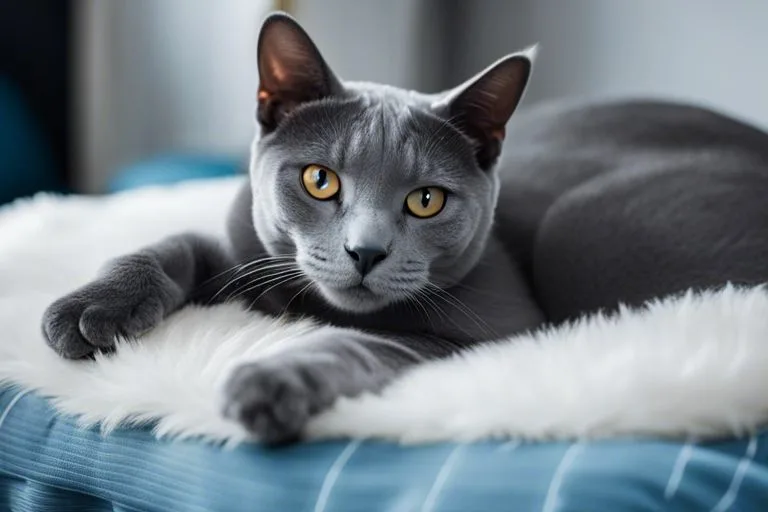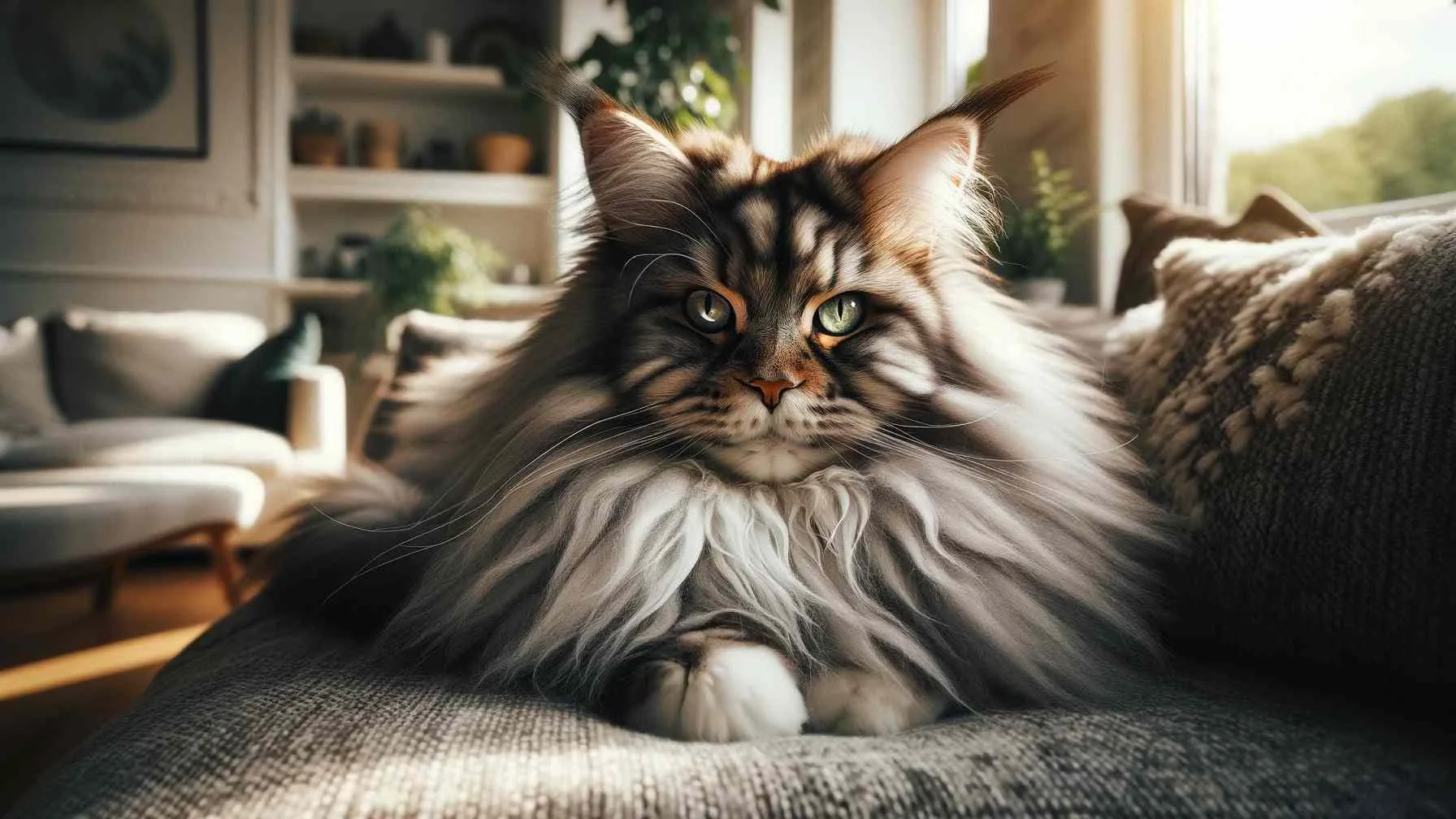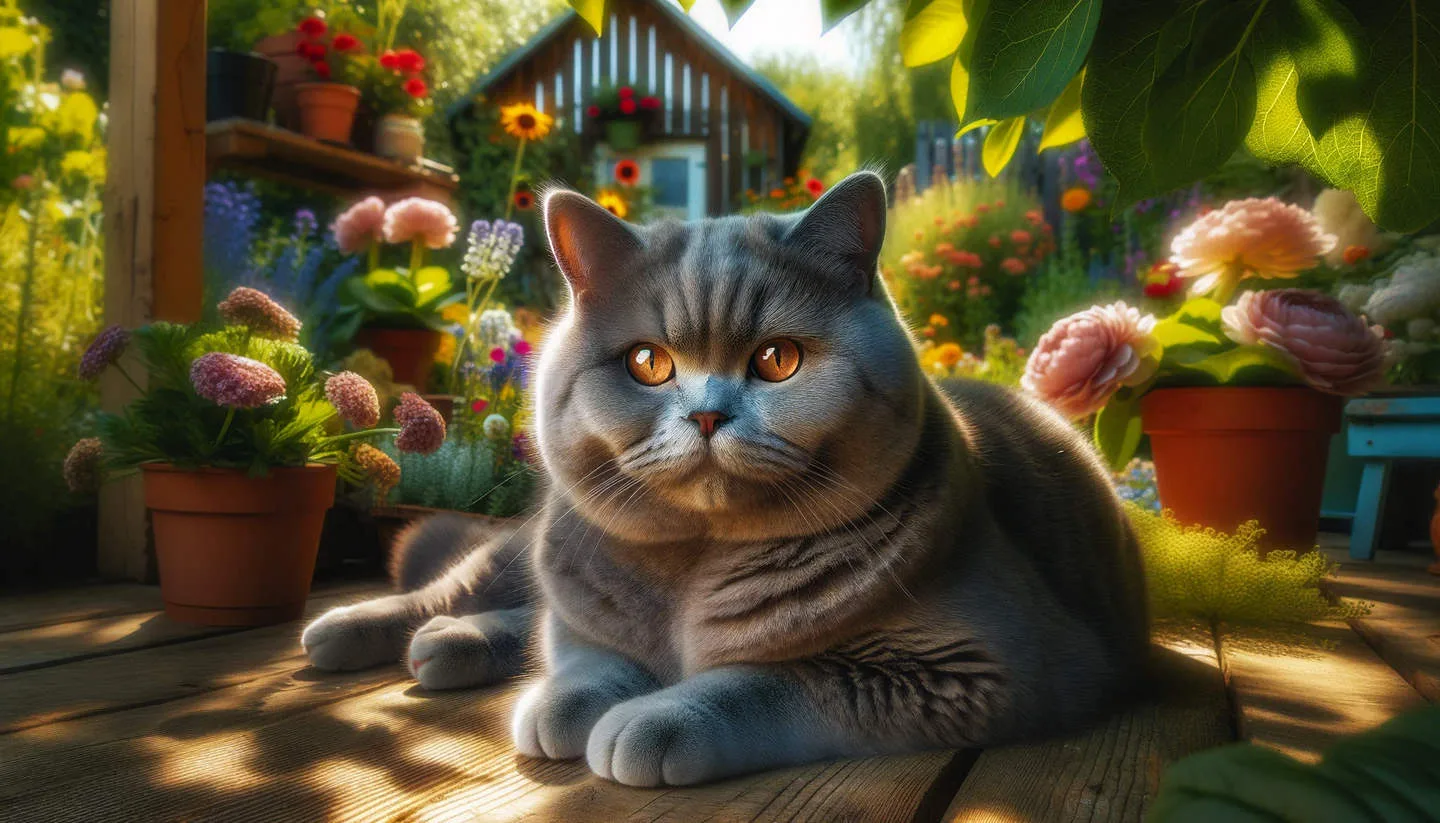Are you concerned about your Russian Blue cat’s tail tail alopecia? It is important to address this issue as it can lead to discomfort and even more serious health issues. Tail tail alopecia is a condition that causes hair loss at the base of the tail in Russian Blue cats, and if left untreated, it can result in skin inflammation and infection. Fortunately, there are several treatment options that can help alleviate this condition and improve the overall health and well-being of your feline friend. In this blog post, we will discuss the causes of tail tail alopecia in Russian Blue cats and provide you with recommendations for how to effectively treat this condition.
Key Takeaways:
- Consult a veterinarian: It is important to consult a veterinarian to properly diagnose tail alopecia in Russian Blue cats and determine the best course of treatment.
- Evaluate diet and nutrition: Ensuring that your Russian Blue cat is receiving a balanced and nutritious diet can help improve the health of their skin and coat, potentially reducing tail alopecia.
- Manage stress and anxiety: Russian Blue cats are known to be sensitive to stress, so providing a calm and enriching environment can help reduce the occurrence of tail alopecia.
- Consider topical treatments: Using topical treatments such as medicated shampoos or spot-on products recommended by a veterinarian can help improve the condition of the tail and promote hair regrowth.
- Monitor for underlying health issues: Tail alopecia can sometimes be a symptom of an underlying health issue, so it’s important to monitor your Russian Blue cat for any other symptoms and address any potential health concerns with a veterinarian.
Understanding Tail Alopecia in Russian Blue Cats
If you have a Russian Blue cat, you may have noticed some hair loss on their tail. This is a common condition known as tail alopecia, and it can be concerning for any pet owner. Tail alopecia in Russian Blue cats can be caused by various factors, and it’s important to understand the symptoms, diagnosis, causes, and risk factors associated with this condition. Blue Russian cat losing fur
Symptoms and Diagnosis
The most obvious symptom of tail alopecia in Russian Blue cats is hair loss on the tail. You may also notice redness, irritation, or inflammation around the affected area. If you observe these symptoms, it’s essential to take your cat to the vet for a proper diagnosis. Your vet will be able to conduct a thorough examination and may also perform skin scrapings or biopsies to rule out other potential causes of hair loss.
Causes and Risk Factors
There are several potential causes of tail alopecia in Russian Blue cats, including allergies, flea infestations, hormonal imbalances, and stress. Cats with obesity and poor grooming habits may also be at a higher risk of developing tail alopecia. This condition can also be associated with underlying health issues such as thyroid problems or skin infections. This is a complex condition that can have various contributing factors, so it’s crucial to work closely with your vet to determine the underlying cause and develop an appropriate treatment plan. This condition is not typically life-threatening, but it can significantly impact your cat’s quality of life, so it’s essential to address it promptly.
Treatment Options for Tail Alopecia
Even though tail alopecia in Russian Blue cats can be challenging to treat, there are several options available to help address this issue. Before beginning any treatment, it’s essential to consult with your veterinarian to determine the underlying cause of the alopecia.
Medical Interventions
If your Russian Blue is experiencing tail alopecia, your veterinarian may recommend medical interventions to address the issue. This could include topical medications, such as corticosteroids, to reduce inflammation and promote hair regrowth. In some cases, your vet may also suggest dietary supplements or allergy testing to identify and eliminate potential triggers for the alopecia. Additionally, behavioral issues such as stress or anxiety could be causing your cat to pull out their hair. Help, My Cat’s Pulling Their Hair Out! What Do I Do?
Home Care and Remedies
Alongside medical interventions, there are several home care and remedies you can consider to help manage tail alopecia in your Russian Blue cat. One of the most important things you can do is to provide a stress-free environment for your cat, ensuring they have a safe space and plenty of mental and physical stimulation. Additionally, a balanced diet that includes essential nutrients such as Omega-3 fatty acids and Vitamin E can promote skin and coat health. Regular grooming and monitoring your cat’s behavior for signs of stress or anxiety are also essential in addressing this issue.
Remember, it’s crucial to work closely with your veterinarian to find the best treatment plan for your Russian Blue’s tail alopecia. By addressing the root cause and implementing a comprehensive approach to treatment, you can help your cat achieve a healthier, happier life.
Prevention Strategies
To prevent or manage tail alopecia in Russian Blue cats, there are several strategies you can implement at home. These include dietary considerations, stress reduction, and environmental management. By being proactive in these areas, you can help minimize the risk of tail alopecia in your feline companion.
Dietary Considerations
When it comes to preventing tail alopecia in Russian Blue cats, paying attention to their diet is crucial. Make sure you are providing a well-balanced, high-quality diet that is rich in essential nutrients, including Omega-3 fatty acids and vitamins. These nutrients play a crucial role in maintaining the overall health of your cat’s skin and fur. Consult with your veterinarian to determine the best diet for your Russian Blue cat to help promote healthy skin and coat.
Stress Reduction and Environmental Management
Stress can play a significant role in the development of tail alopecia in cats. It’s important to create a calm and comfortable environment for your Russian Blue cat. Provide ample opportunities for mental and physical stimulation, as well as safe spaces for your cat to retreat to when they need some peace and quiet. Additionally, be mindful of any changes in your cat’s environment that could be causing stress, such as new pets, household moves, or changes in routine. By managing your cat’s environment and minimizing stress, you can help reduce the risk of tail alopecia.
The Treatment of Tail Tail Alopecia in Russian Blue Cats
The treatment of tail tail alopecia in Russian Blue cats can be challenging, but there are several steps you can take to address this issue. First, it is important to ensure that your cat is on a balanced diet that includes essential nutrients like fatty acids and proteins. Additionally, you should consult with a veterinarian to rule out any underlying medical conditions that may be contributing to the alopecia. In some cases, topical treatments or medications may be prescribed to promote hair regrowth and reduce inflammation. Regular grooming and parasite prevention can also help to reduce the likelihood of tail tail alopecia. By taking these steps, you can improve your Russian Blue cat’s overall health and minimize the impact of tail tail alopecia.
FAQ
Q: What is feline tail alopecia in Russian Blue cats?
A: Feline tail alopecia in Russian Blue cats is a condition where the fur on the tail becomes thin, sparse, or completely falls out. It can be caused by a range of factors such as stress, allergies, hormonal imbalances, or even over-grooming.
Q: How can tail alopecia in Russian Blue cats be treated?
A: The treatment for tail alopecia in Russian Blue cats depends on the underlying cause. If the condition is stress-related, reducing stressors in the cat’s environment can help. Allergies can be managed with medication, and hormonal imbalances may require veterinary intervention. Additionally, providing a balanced diet and using supplements such as omega-3 fatty acids can promote healthy fur growth.
Q: When should I seek veterinary care for my Russian Blue cat’s tail alopecia?
A: It is advisable to seek veterinary care as soon as you notice any changes in your Russian Blue cat’s tail fur. A veterinarian can conduct a thorough examination to determine the underlying cause of the alopecia and recommend appropriate treatment. They can also rule out any other potential health issues that may be contributing to the condition.



